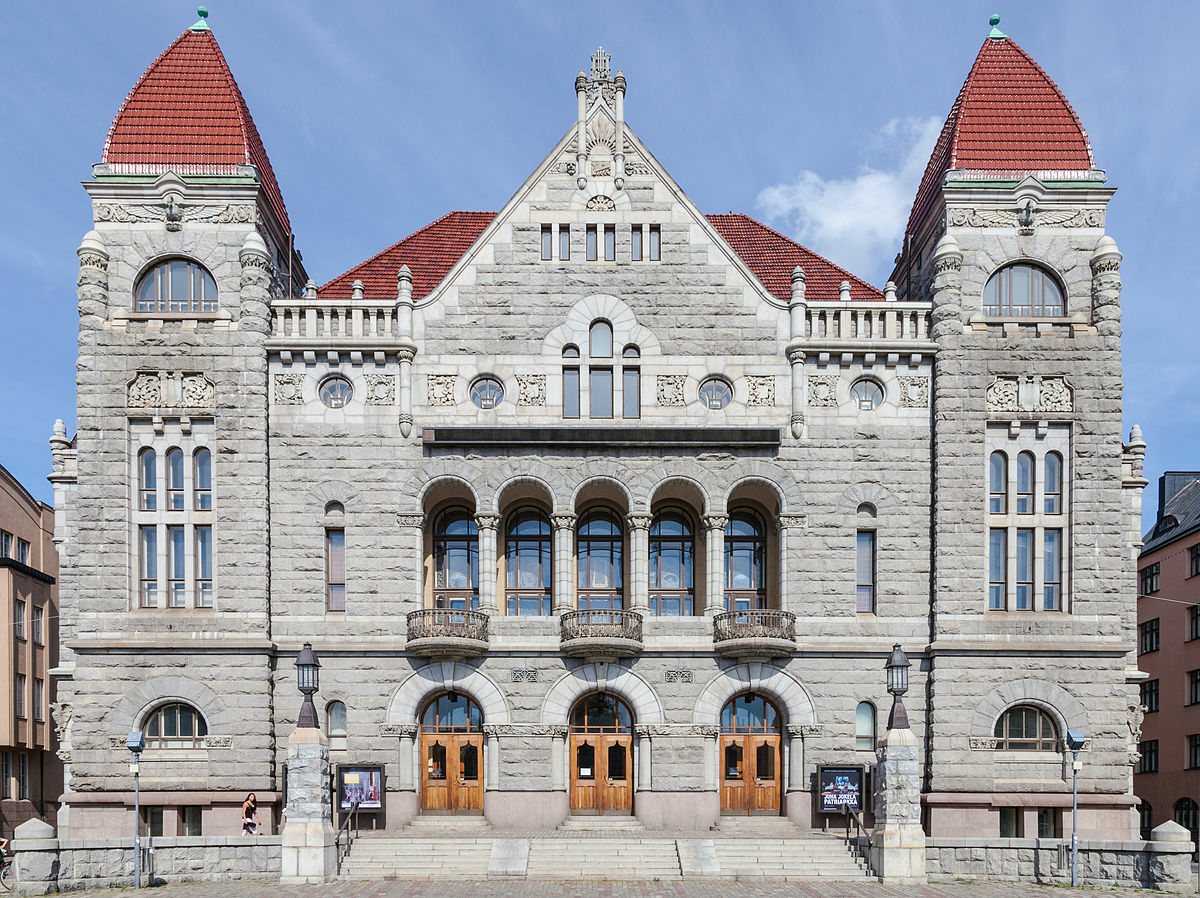EDITOR'S CORNER: Navigating Trump’s Turmoil in Europe
It has only been a few weeks since Donald Trump took office as the 47th President of the United States, yet the global stage has already been turned upside down. The media is overflowing with stories about him, each more outrageous than the last. From undermining democracy in the U.S. to claiming he will take over Gaza or broker some wildly unrealistic peace deal in Ukraine, the sheer volume of it all is overwhelming.
This week, I want to cut through the noise and focus on what truly matters in this increasingly Trump-dominated media landscape. In my view, Europe must remain laser-focused on Ukraine. The growing danger is that a so-called "peace deal" with Russia could ultimately mean a "war deal" for Europe.
Hate him, love him, or simply tolerate him, Donald Trump is now the President of the United States. He swept into office on a wave of outlandish promises, got elected, and is now bulldozing through Executive Order after Executive Order to impose his will. Meanwhile, Elon Musk occasionally wades into the chaos—when he’s not busy meddling in European democracies.
All in all, America has become a playground for the ultra-rich, where power is hoarded by those who crave more wealth and influence. Democracy has been reduced to a contest of who shouts the loudest, spends the most, and flashes the shiniest credit card.
This is the reality Trump has ushered in. He has already issued threats and tariff ultimatums to Canada and Denmark. Mexico and China have faced similar tariff threats, though China is unlikely to back down. Europe is next on the chopping block—though perhaps the UK will slip through the cracks, thanks to its small trade deficit with the U.S.
And as if that weren’t enough, Trump now has his sights set on war-torn Gaza, envisioning it as a Middle Eastern Riviera—complete with casinos and beachfront resorts.
PEACE FOR UKRAINE
I don’t want to waste time dissecting the lofty, unrealistic ideas Trump and his team have floated about Ukraine. Initially, he promised peace within 24 hours of taking office. Now, that timeline has quietly stretched to a minimum of 100 days—perhaps even six months. At least that’s a slightly more realistic estimate.
No one wants this war to end more than Ukrainians. After nearly three years of relentless fighting, war fatigue is setting in. But a lasting peace in Ukraine won’t come from handing Putin what he wants. It will come from strength—showing force and ensuring Ukraine is in the strongest possible position when negotiations happen.
There have been calls for elections in Ukraine, given that Zelenskyy’s mandate technically expired long ago. But this demand is absurd. Under Ukrainian law, elections cannot be held under martial law. Logistically, how would a vote even work with millions of Ukrainians displaced across Europe and beyond? And what about those still trapped in Russian-occupied territories—shouldn’t they have a say?
For now, at least, aid and weapons from the U.S. are still trickling in. It’s not much, but every bit counts.
Trump should be working toward a sustainable peace—one that strengthens Ukraine and Europe rather than leaving them vulnerable. But instead, he seems to be doing the opposite. The Kremlin and the White House have been in quiet discussions, shrouded in secrecy. The growing fear? That a so-called "peace deal" will be negotiated solely between the U.S. and Russia—leaving Ukraine out in the cold and Europe exposed.
EUROPE'S FOCUS
Our focus in Europe should be squarely on resolving the war in Ukraine, strengthening our defense capabilities, and refusing to cave to Trump’s aggressive tariff tactics. That doesn’t mean we should turn our backs on America—after all, they have been our closest and strongest ally for decades. But it also doesn’t mean we must pander to unreasonable demands or threats. A balanced, strategic approach is needed—one that protects European interests without alienating key partnerships.
The next few years will be critical in shaping the future of Europe. The global order as we once knew it is gone, vanishing alongside the fundamental values of cooperation, unity, and freedom. Now, with Trump at the helm, we find ourselves in uncharted waters, navigating a world where unpredictability has become the norm.
This is the moment for Europe to take control of its own destiny. Relying on the U.S. for stability is no longer an option—we must forge a path that prioritizes our security, our economy, and our long-term resilience. That means investing in defense, strengthening alliances within Europe, and standing firm against external pressure, whether from Washington or Moscow. The choices we make now will define the continent for generations.
CONCLUSION
Europe stands at a critical juncture. Trump’s unpredictable policies, reckless trade wars, and secretive dealings with Russia threaten not only Ukraine but the very stability of Europe. We cannot afford to sit idly by while our future is decided without us.
This isn’t about turning against the U.S.; it’s about protecting Europe’s interests and values. We must push back against Trump’s demands, ensure Ukraine’s voice is heard in peace negotiations, and take control of our own defense. The global order has shifted, and Europe must assert its independence if it hopes to shape its own future. The time to act is now.




Comments
Post a Comment